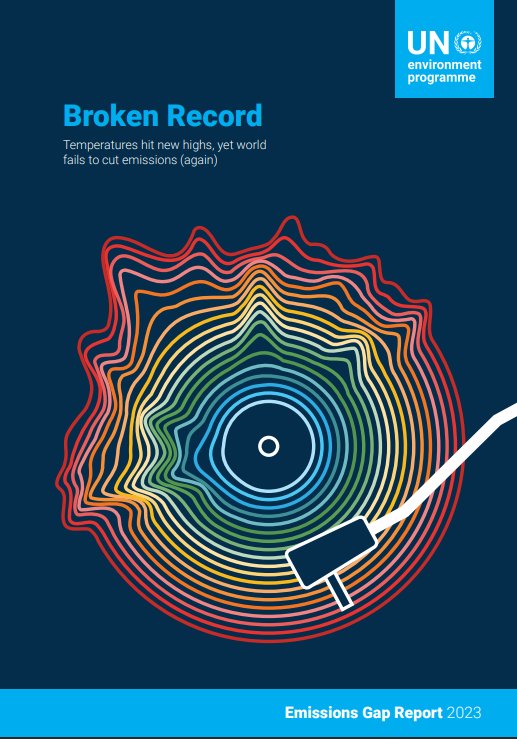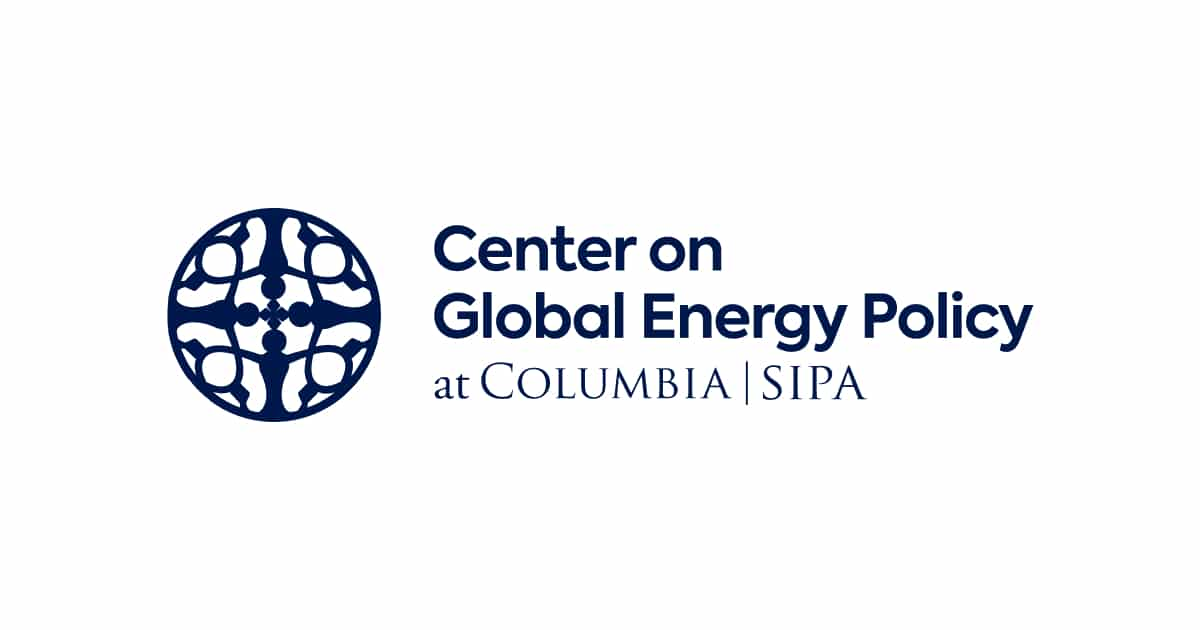The UN Environment Programme (UNEP) annually publishes the Emissions Gap Report, a comprehensive analysis of the current state of global greenhouse gas emissions and the steps necessary to meet the goals of the Paris Agreement. The report, involving 79 scientists from 47 institutions across 22 countries, is based on synthesising the latest scientific literature, models, and data analysis. It addresses emissions trends, nationally determined contributions, long-term net-zero emissions pledges, energy transformation, and the role of carbon dioxide removal in achieving the Paris Agreement’s goal.
Highlights
Chapter 2 assesses global greenhouse gas (GHG) emissions trends. It highlights that global GHG emissions have continued to increase, with a record high of 59.1 GtCO2e in 2021, despite the COVID-19 pandemic. Also evaluates emissions trends of major emitters, emphasizing that China remains the largest emitter, followed by the United States, India, and the European Union. The chapter further highlights that some countries have peaked in emissions while global per capita levels remain highly unequal. It also underscores that contributions to climate change are unequal, with high-income countries responsible for most historical emissions.
Chapter 3 discusses the progress and scope of nationally determined contributions (NDCs) and long-term pledges, especially within the G20. Notes limited global progress since COP 27 but recognizes some advancements since the Paris Agreement. It stresses the need for better alignment of NDCs with the Paris Agreement’s temperature goal and overviews the G20’s progress. Advocates for ambitious, transparent climate action and the importance of international cooperation and support for developing countries’ climate goals.
Key takeaways:
- Record Emissions: Global greenhouse gas emissions hit a new high in 2022, rising 1.2% from 2021, despite current climate pledges and commitments.
- Broken records: Climate change impacts are accelerating, with 2023 witnessing a disturbing number of days exceeding 1.5°C above pre-industrial levels. September was the hottest month ever recorded, exceeding the previous record significantly.
- Impact of Climate Policies: The emissions gap has slightly reduced (by 1 GtCO2e) across all scenarios since the 2022 UNEP report, indicating some progress as countries adopt policies to align with their climate goals.
Reasons for Concern:
- Unequal burden: Emissions patterns also reflect global inequalities. High-income countries haven’t reduced their emissions enough while developing countries face challenges balancing climate action with development needs.
- Gap Analysis: Even if all existing climate pledges are fully implemented, global emissions are estimated to peak around 2040, surpassing the thresholds needed to meet Paris Agreement goals. This highlights a potential “emissions gap” of 43-57 GtCO2e by 2030.
- Urgent Action Needed: At the current emission reduction rate, the world is heading towards a temperature rise exceeding 2°C above pre-industrial levels, much higher than the Paris Agreement’s goal of less than 2°C and ideally 1.5°C.
Potential Consequences
Chapter 4 assesses the urgent need to bridge the emissions gap by 2030 and 2035. Underscores scenario planning and the importance of pathways in interpreting gaps and achieving the Paris Agreement’s temperature goal. Underlines the severe global warming implications of the emissions gap and the need for international cooperation, particularly for developing countries. Calls for a transition to a low-carbon economy, investment in clean technologies, and inclusion of climate considerations in all policy-making for a sustainable future.
Failing to curb emissions sufficiently could result in severe consequences, such as temperature increases exceeding the Paris Agreement goals, intensified climate impacts like extreme weather events, and irreversible changes to global ecosystems after surpassing a certain tipping point. The report emphasizes the need for enhanced climate action and low-carbon transformations to evade these grave impacts. The report records a disturbing escalation in climate impacts, including heatwaves, floods, droughts, and rising sea levels. These effects disproportionately burden vulnerable communities and ecosystems, underlining the human toll of inaction.
Sectoral Contributions to Emissions
The report provides a detailed assessment of different sectors contributing to emissions and their mitigation potential. Energy production and consumption are identified as the largest contributors to emissions, followed by agriculture, deforestation, and industrial processes. Despite advancements in renewable energy, emissions from fossil fuels continue to rise, underscoring the need for rapid and comprehensive transformations in these sectors.
Chapter 5 discusses global energy transformation under the Paris Agreement. Stresses the need to avoid new fossil fuel infrastructure and addresses the impact of providing energy to impoverished populations on greenhouse gas emissions. Highlights the importance of equitable global cooperation for necessary changes and the challenges of energy transition in low- and middle-income countries. It concludes by emphasizing the need for swift action, international support for clean energy transitions, and sustainable development goals.
Geopolitical and Economic Challenges
Also draws attention to geopolitical and economic challenges that create additional hurdles to climate action. Examples include the war in Ukraine, energy security concerns, and rising inflation. Despite these challenges, the report underscores that the long-term costs of inaction due to climate change far outweigh the challenges of transitioning to a low-carbon economy.
Chapter 6 delves into energy transitions for low-carbon futures in low- and middle-income countries. Discusses the dynamics between development and energy, emphasizing the challenges and opportunities of clean energy transitions. Emphasises the crucial role of international finance and includes steps for these countries towards clean energy. It stresses the importance of addressing associated challenges and leveraging opportunities for sustainable development. Lastly, it calls for international collaboration to facilitate these transitions.
Opportunities for Progress
Chapter 7 underlines the vital role of non-state and subnational actors in climate action, such as cities, regions, businesses, and civil society organizations. It stresses the need for collaboration with national governments for Paris Agreement goals and discusses challenges in measuring and reporting their contributions. The chapter highlights the need for transparency, accountability, and alignment with the Paris Agreement. It concludes by emphasizing continued support for these actors to boost climate action and bridge the emissions gap.
Despite the grim outlook, the report outlines opportunities for progress. It presents specific pathways for different regions and countries to transition to clean energy and explores potential technologies like afforestation and direct air capture for carbon dioxide removal. It offers the following recommendations to bridge the emissions gap:
- Accelerate low-carbon development: All nations are urged to expedite economy-wide, low-carbon transitions, particularly focusing on the energy transition.
- Support and financing: Countries with greater capacity and responsibility for greenhouse gas emissions should take more ambitious actions and support global, low-carbon transitions.
- Increase climate action: There is an immediate need for intensified climate action to narrow the emissions gap and achieve the 1.5°C limit. Leaders are encouraged to significantly increase their ambition, take unprecedented action, and achieve record emissions reductions.
- Energy transition: The report emphasizes the need for a rapid transition to clean energy sources, particularly in low- and middle-income countries.




